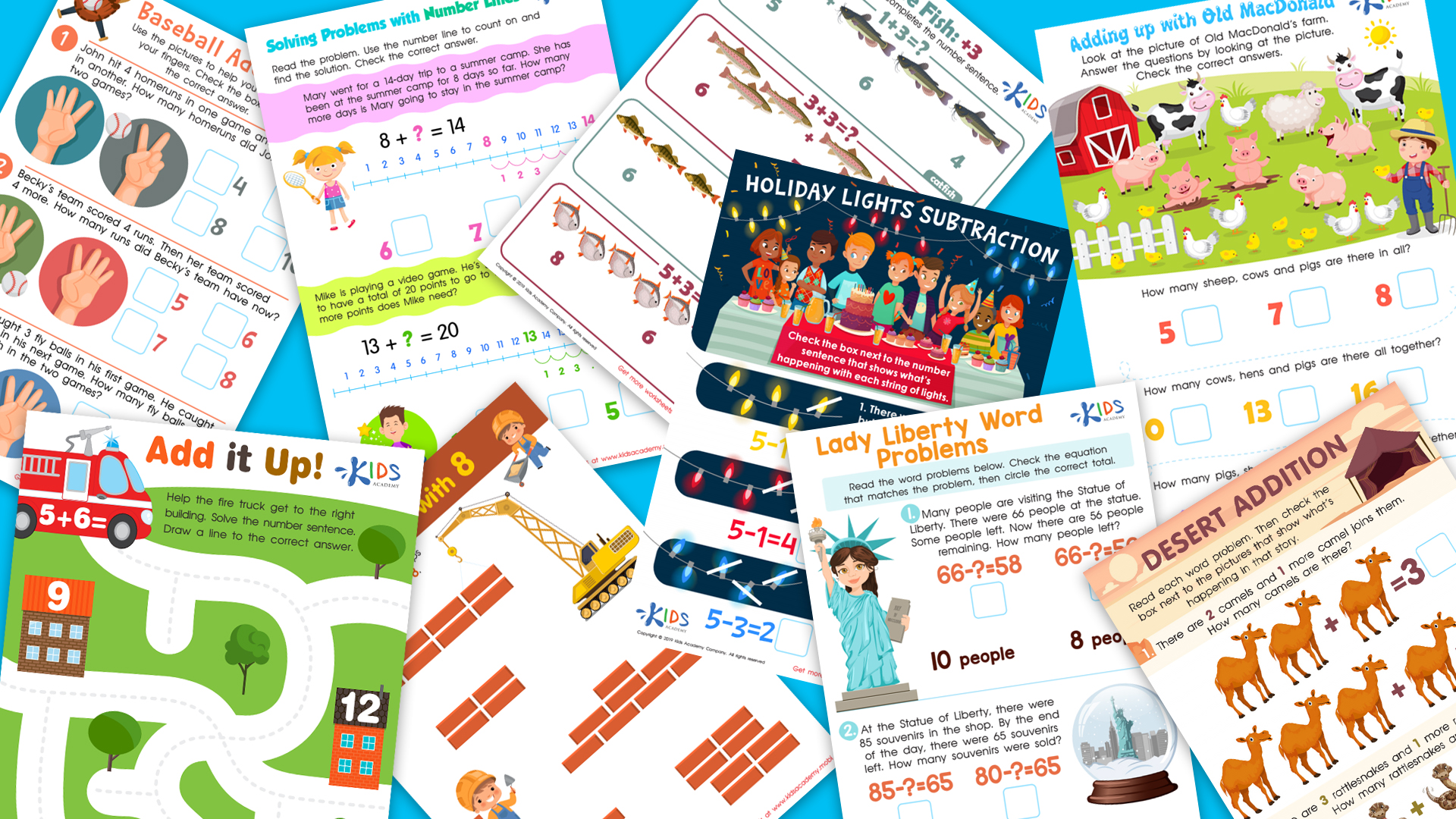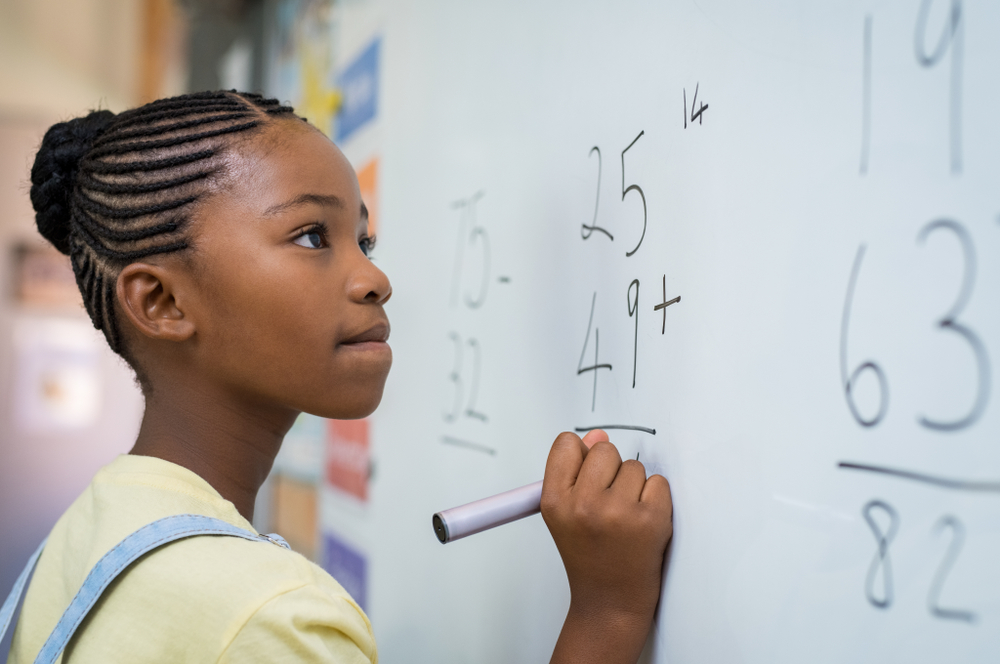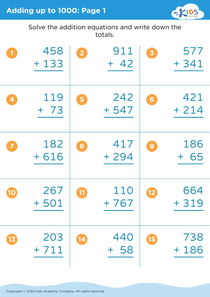Number Sequencing Counting Worksheets for Ages 7-9
4 filtered results
-
From - To
Boost your child's mathematical skills with our engaging Number Sequencing Counting Worksheets designed specifically for ages 7-9. These worksheets provide a fun and interactive way to help children practice and master the concept of number sequencing. Through a variety of activities, kids will learn to identify patterns, complete sequences, and reinforce their counting abilities. Perfect for use at home or in the classroom, our resources are tailored to meet the developmental needs of elementary learners. Foster a strong foundation in numeracy while making learning enjoyable with our thoughtfully crafted worksheets. Begin the adventure of learning to count and sequence numbers today!
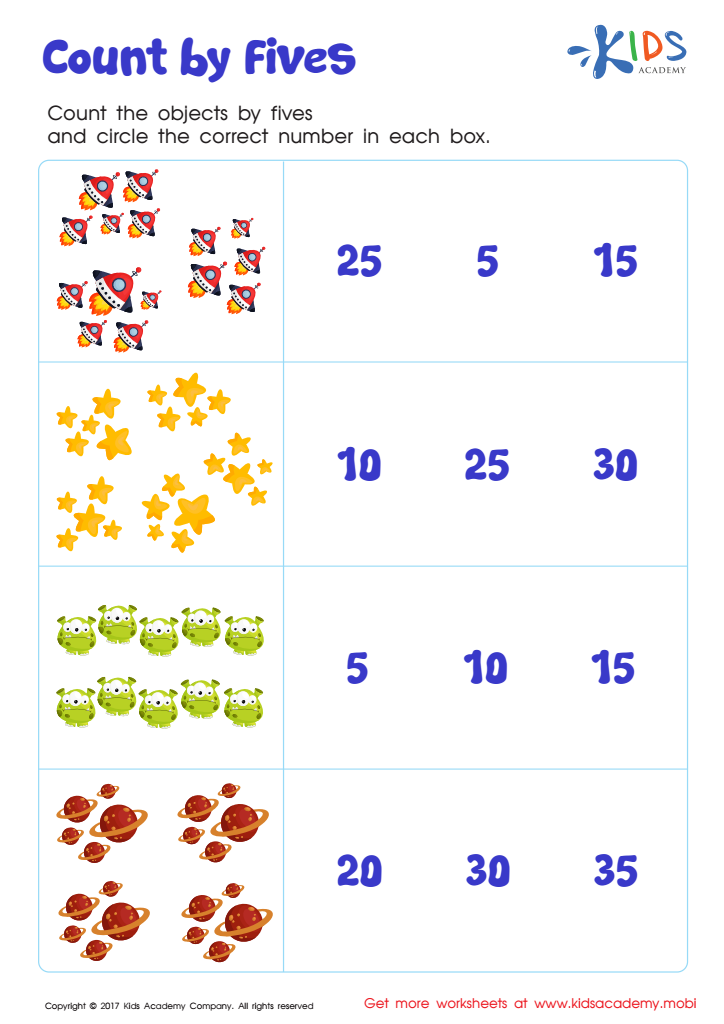

Skip Counting by 5s: Space Math Printable
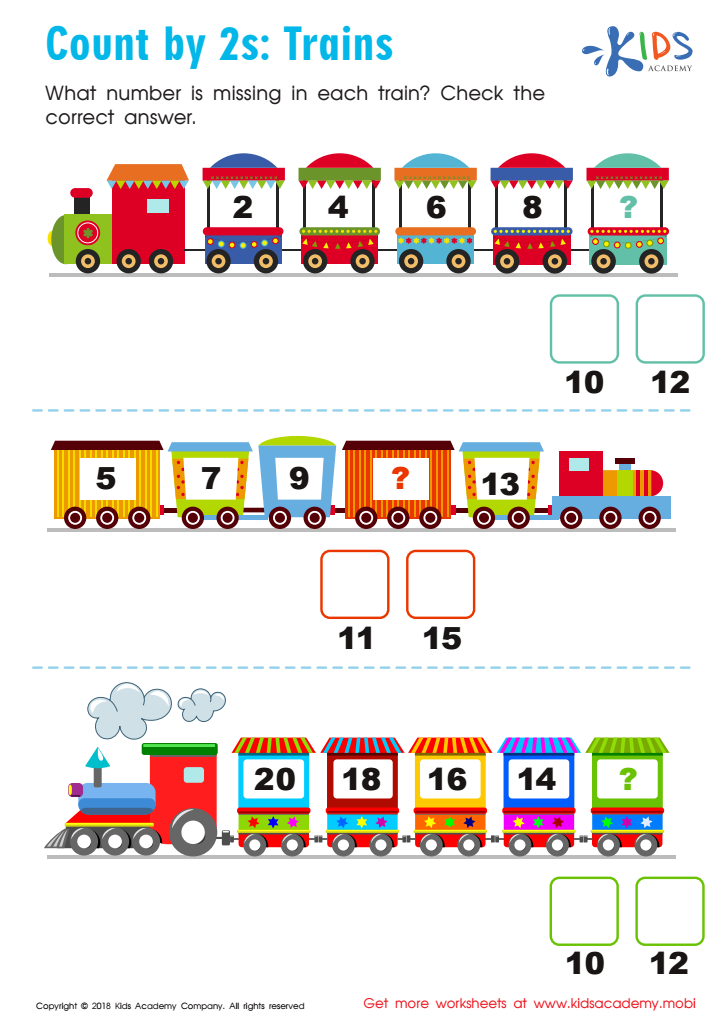

Count by 2's: Trains Worksheet
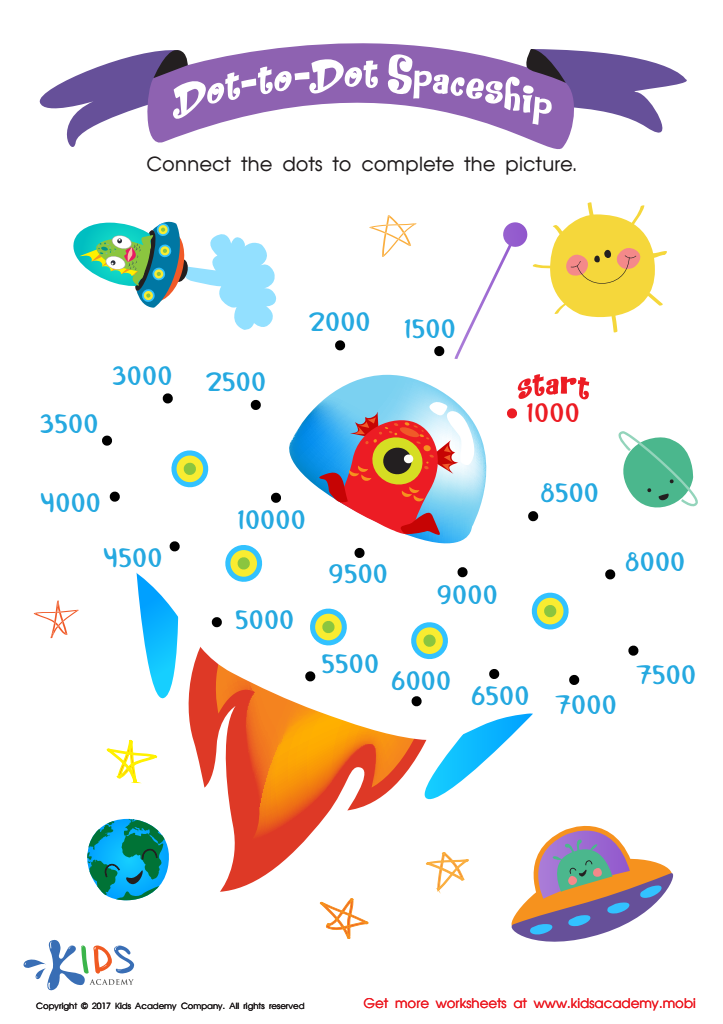

Dot to Dot Worksheet for 3rd Grade
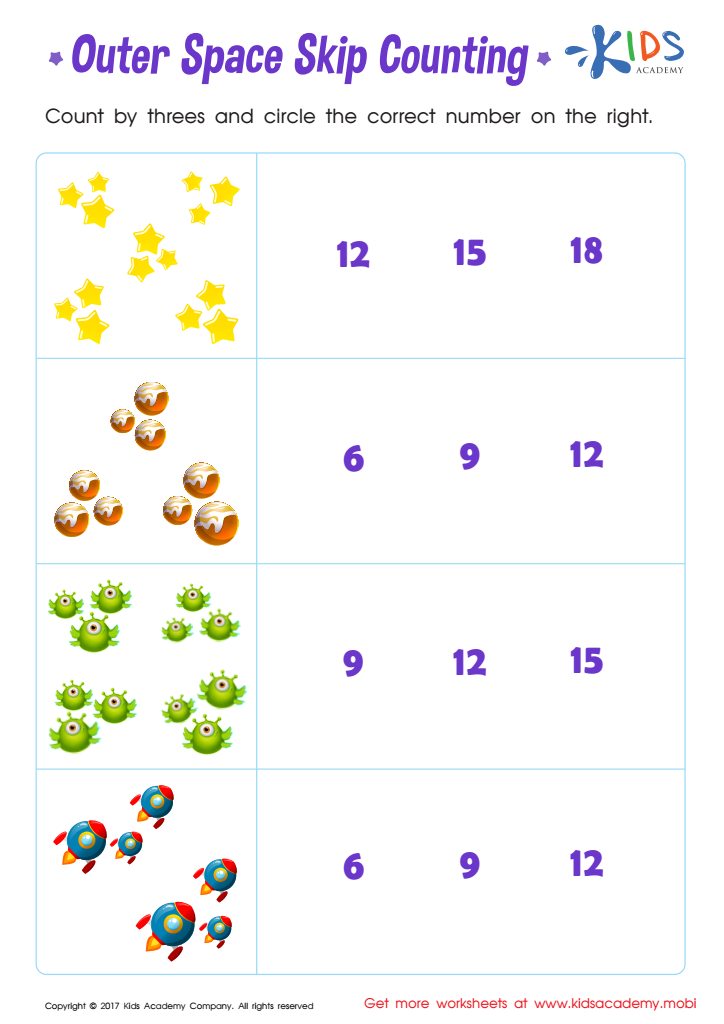

Skip Counting by 3s: Outer Space Skip Counting Printable
Number sequencing and counting are fundamental skills that serve as the foundation for mathematical understanding in children aged 7 to 9. During this developmental stage, students migrate from simple counting to a more comprehensive grasp of number relationships and mathematical concepts, making it crucial for parents and teachers to foster these skills.
Firstly, number sequencing aids in the development of problem-solving abilities. By recognizing patterns and understanding numerical order, children can solve more complex mathematical problems with ease. This skill also enhances their ability to predict outcomes and make connections between numbers, leading to improved mathematical reasoning.
Secondly, counting is not just about numbers but also develops cognitive skills such as memory, attention, and logic. Engaging children in counting games can make learning enjoyable and interactive, promoting a positive attitude towards mathematics.
Moreover, mastery of these skills prepares students for higher-level concepts like addition, subtraction, multiplication, and division. When children are confident in their counting and sequencing abilities, they build a solid mathematical foundation that supports their overall academic success. Therefore, parents and teachers should actively promote these skills, as they are pivotal in shaping confident and competent learners who can approach math with enthusiasm and curiosity.
 Assign to My Students
Assign to My Students





